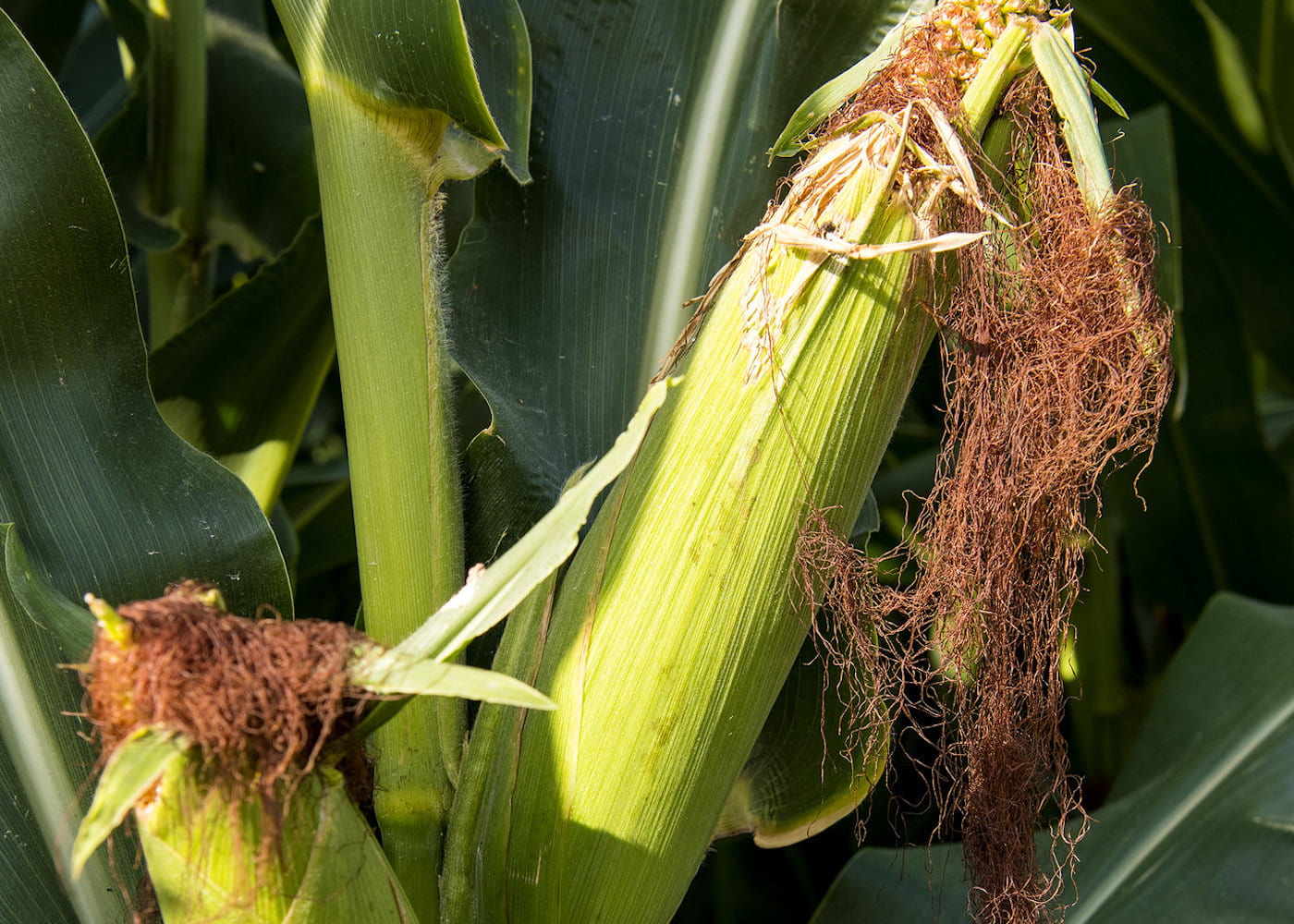Human Perception of Food in Different Lighting Conditions Improves Computer Prediction

The Problem
Even though machine vision techniques have been widely studied and applied in the food engineering field, most current algorithms are trained based on human-labeled ground truths or simple color information. No studies have considered the effects of illumination variations on human perception and how the biases can affect the training of machine vision models for food quality evaluations, according to Arkansas Agricultural Experiment Station researcher Dongyi Wang, Assistant Professor of Smart Agriculture and Food Manufacturing in the Biological and Agricultural Engineering Department and the Food Science Department.
As seen in other experiments at the experiment station’s Sensory Science Center, human perception of food quality can be manipulated with illumination. For example, warmer environmental colors can disguise lettuce browning.
The Work
The researchers used lettuce to evaluate human perceptions under different lighting conditions, which were, in turn, used to train the computer model. Out of 109 participants in a broad age range, 89 completed all nine sensory sessions of the human perceptional reliability phase of the study. None of the participants were color blind or had vision problems. For five consecutive days, the panelists evaluated 75 images of Romaine lettuce each day. They graded the freshness of the lettuce on a scale of zero to 100.
The images of lettuce, graded by the sensory panel, were of samples photographed over the course of eight days to provide different levels of browning. They were taken under different lighting brightness and color temperatures, ranging from a blueish “cool” tone to an orangey “warm” tone, to obtain a dataset of 675 images.
The study noted that several well-established machine learning models were applied to evaluate the same images as the sensory panel. Different neural network models used the sample images as inputs and were trained to predict the corresponding average human grading to better mimic human perception.
Sensory evaluations were done at the experiment station’s Sensory Science Center.
The Results
The Arkansas Agricultural Experiment Station study showed that computer prediction errors can be decreased by about 20 percent using data from human perceptions of photos under different lighting conditions. It outperforms an established model that trains a computer using pictures without taking human perception variability into consideration. The study was published in the Journal of Food Engineering in November 2024.
The Value
As the use of machine vision and artificial intelligence continues to expand in the food quality inspection industry, developing accurate and unbiased machine vision models will be vital. Designing models that take into account the variations in human perceptions could eventually improve machine vision-based food quality predictions. Future studies will expand on the concepts of this research by evaluating further variations in lighting characteristics. In time, this method of training machine vision-based computers using human perceptions under different lighting conditions could be applied to many different industries, from foods to jewelry.
Read the Research
Is human perception reliable? Toward illumination robust food freshness prediction from food appearance — Taking lettuce freshness evaluation as an example
Journal of Food Engineering
Volume 381 (2024)
https://doi.org/10.1016/j.jfoodeng.2024.112179
Supported in part by
The National Science Foundation (Award Nos. OIA-1946391 and 2300281).
About the Researchers

Dongyi Wang
Assistant Professor of Biological and Agricultural Engineering and Food Science
Ph.D., Bioengineering, University of Maryland, College Park
B.S., Electrical and Computer Engineering, Fudan University, Shanghai, China
Other Collaborators
Co-authors of the research include Han-Seok Seo, professor in the Food Science Department and director of the Sensory Science Center; Shengfan Zhang, associate professor of Industrial Engineering in the College of Engineering at the University of Arkansas; Swarna Sethu, former postdoctoral researcher in the Biological and Agricultural Engineering Department; and Victoria J. Hogan, program assistant in the food science department. The study’s authors also recognized graduate and senior undergraduate students Olivia Torres, Robert Blindauer and Yihong Feng for helping collect, analyze and grade samples.




